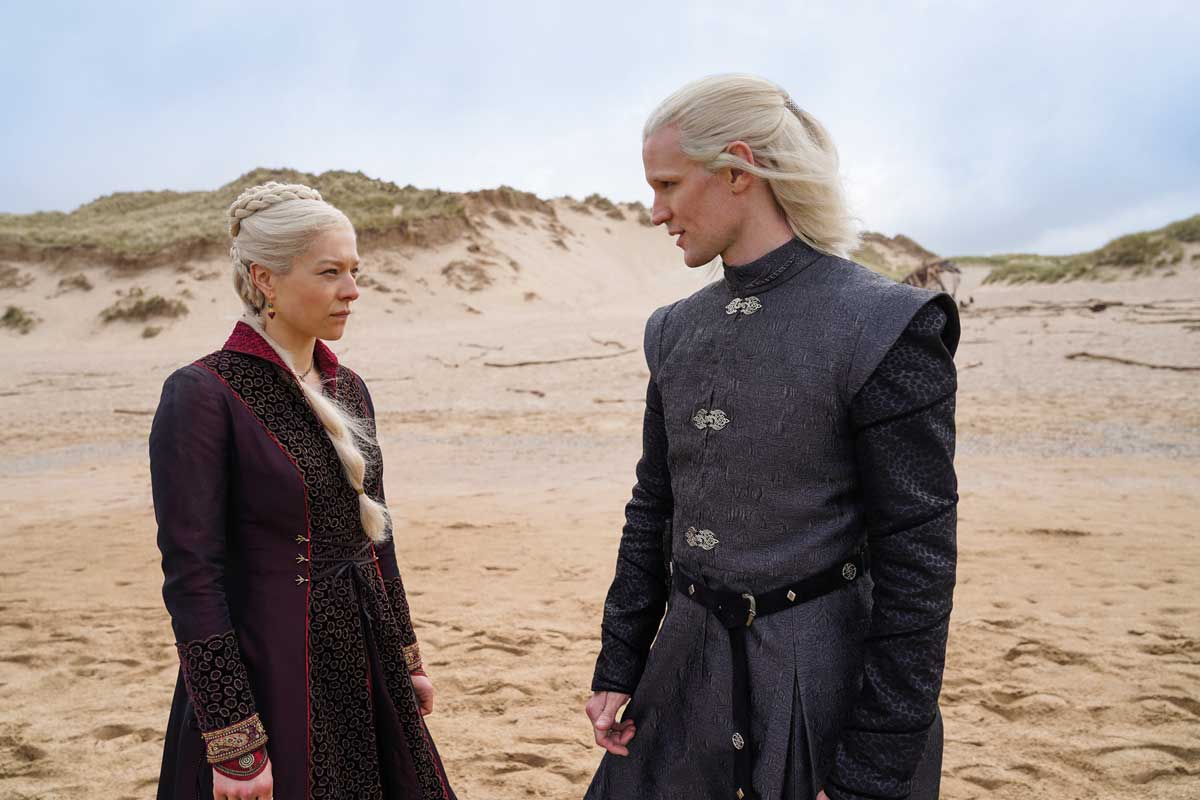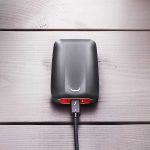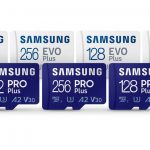
The new star on set: latest techniques in audio technology
Posted on Sep 6, 2021 by Alex Fice
Audio technology continues to advance, giving location recordists the best possible tools for capturing sound. Kevin Hilton looks at the equipment available, talking to leading production mixers and manufacturers about the latest techniques
Words Kevin Hilton
Much is made of the advances in visual technology for film and TV production, with developments in audio often overlooked. While the shift to digital cameras and file-based workflows over the past ten years was hailed as a revolution in filmmaking, it overshadows the fact that sound had already moved to ones and zeros during the nineties. Digital recording is now the norm, as is tapeless delivery, but many traditional techniques continue in audio acquisition today. Boom microphones are still the primary means of capture, although body-worn wireless mics are challenging their dominance.
This shift is highlighted by Stuart Moots, director of pro audio at Shure UK. “We’ve certainly seen an uptake in wireless mics for location sound,” he says. “As a manufacturer of both wired and wireless microphones, we have witnessed how it can take some time for these trends to become apparent. We believe this move towards wireless is not only a carry-over from Covid-secure productions, but a sign of a change in workflow required in the market.”
Shure’s response to this was the Axient Digital ADX5D portable wireless receiver, which Moots says was used over the summer months as productions started up again. The pandemic halted film and TV drama shoots early in 2020; when they returned a few months later after the initial lockdown, social distancing and stringent hygiene routines were in place to keep cast and crew safe.
Sound recordist Judi Lee-Headman, whose credits include episodes of Holby City, The Tunnel and Series 1 of The Capture (she started Series 2 in August), observes that working under Covid-19 regulations was not too different from before.
“Microphones are very personal, and the idea of putting a dirty mic on someone is not very attractive,” she says. “Mic hygiene was there before, but now we have different groups of people who are designated to look after certain crew – and they will collect mics and clean them.”
Microphones
While wireless mics have been part of the location sound mixer’s kit for many years, they were predominantly regarded as a back-up to the primary feeds coming from boom mics – or to provide an isolated track that could be processed separately in post-production. Lee-Headman, who uses DPA and Sanken COS-11D lavalier mics for on-body miking – with Schoeps CMIT and Sennheiser shotguns for boom work – comments that what is expected from recordists has changed in recent years. “I like the sound of booms because it is more natural,” she says. “Before, 80% of what we mixed would be used as it was. Now, we provide isolated tracks for post and they mix as they choose. A good dialogue editor can get a great sound from a wireless mic.”
US recordist Moe Chamberlain, who works on The Mandalorian and The Book of Boba Fett for Lucasfilm/Disney, says the audio source format depends on many factors, but most editors now want individual tracks for each actor. “That means everybody gets wired,” he explains. “But there is always a boom track as well. I go into every scene with the mindset that the boom mic is the primary. Having said that, the situation – number of cameras, background noise, wardrobe – dictates how we record the scene. Sometimes radio mics are the best tool available, sometimes it’s the boom. Regardless, we boom every shot.”
British location mixer Simon Bishop agrees that boom mics generally sound way better than radio mics, with the caveat that they have to be within a few feet of the actor or sound source. “Multiple cameras usually push the boom mic out so far as to be unworkable, particularly if the cameras are shooting wide and tight simultaneously,” he says. Bishop recently started work on the Game of Thrones prequel House of the Dragon, with previous credits including The Crown, Silent Witness and New Tricks. He adds that radio mics and multitrack recorders – “the current trend is for more channels” – can be used for both wider and tighter shots at the same time. “Recent developments allow us to record many tracks at once, and remix everything in post-production.”

Boom microphones are typically shotgun-style models, such as the Sennheiser MKH, Schoeps CMIT and Rode NTG series. Brian Glasscock, project manager of Pro Labs at Sennheiser, comments that although booms are generally preferred over wireless lavalier mics, radio units are used in situations where booms would not be feasible. “For example, wireless mics have been used very successfully in reality-TV and documentary productions,” he points out.
Immersive audio
Modern feature films and, increasingly, high-end TV dramas often have immersive soundtracks, with a more enveloping effect than previous surround formats. Glasscock comments that OTT companies have been pushing for immersive audio, such as Dolby Atmos, on a variety of content. Usually, this kind of soundtrack is constructed in a rerecording theatre, layering up dialogue and atmospheres recorded on location with sound effects and music.
It is possible to record immersive (also known as spatial) sound – with height, length and width information akin to how the human ear hears – using a single microphone. This is based on Ambisonics, conceived by tape recorder enthusiast and mathematician Michael Gerzon in the early 1970s, who invented the Soundfield microphone for capturing all necessary parameters. The Soundfield is now part of the Rode range, while Ambisonic microphones are also produced by other manufacturers, including Sennheiser with its Ambeo VR mic. This has found favour in virtual reality production and, according to Glasscock, recording immersive ambience, too.
Chamberlain comments that, while he does record ambience for use in post, he leaves Ambeo, stereo and Mid/Side (MS – an enhanced form of stereo recording involving two microphones and an electronic matrix) to dedicated effects gatherers. Bishop highlights “the big issue” – immersive audio has to match it with 360° cameras.
“Usually, the mic is only out of shot either immediately below, or above, the camera,” he says. “This is not necessarily ideal for sound recording. But that said, done well, immersive audio can deliver stunning results.”
According to co-founder of Sound Devices, Jon Tatooles, immersive in production is still a rarity. “Immersive mixes for drama/narrative are typically constructed in post from stems, including dialogue and effects stems,” he says. “Sometimes the effects are recorded on-set, sometimes in post. When recorded on-set, we are seeing some use of single-point, multichannel surround microphones. But just as often it will be classic techniques, including Decca trees [a three-mic array originally designed for orchestral recordings] and double-MS set-ups.”
Continue reading in our September issue of Definition magazine.








